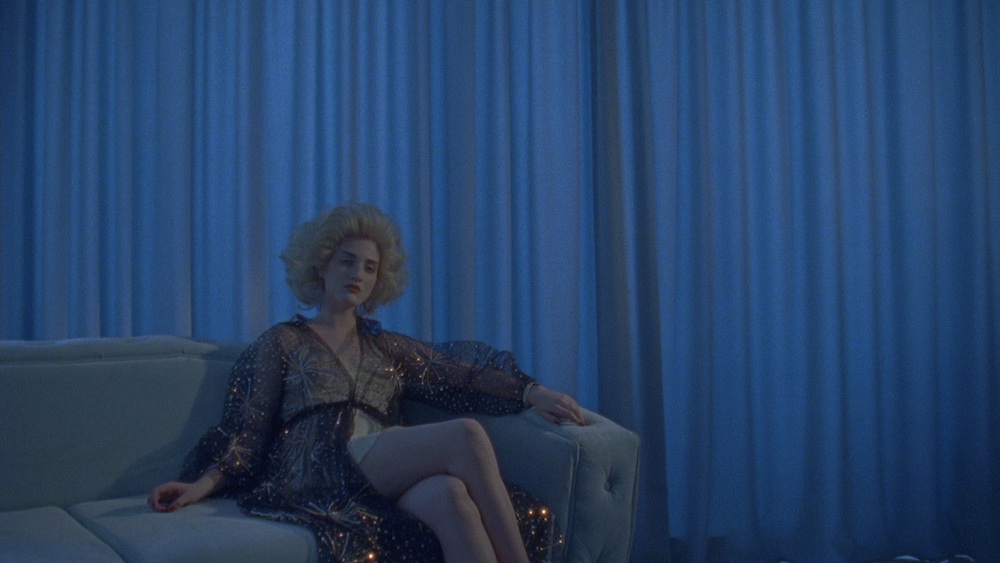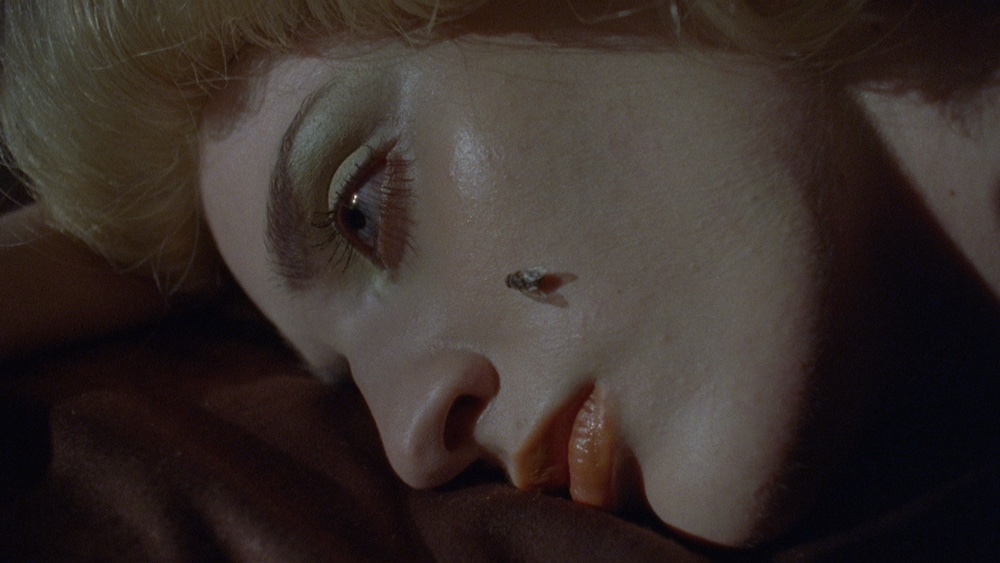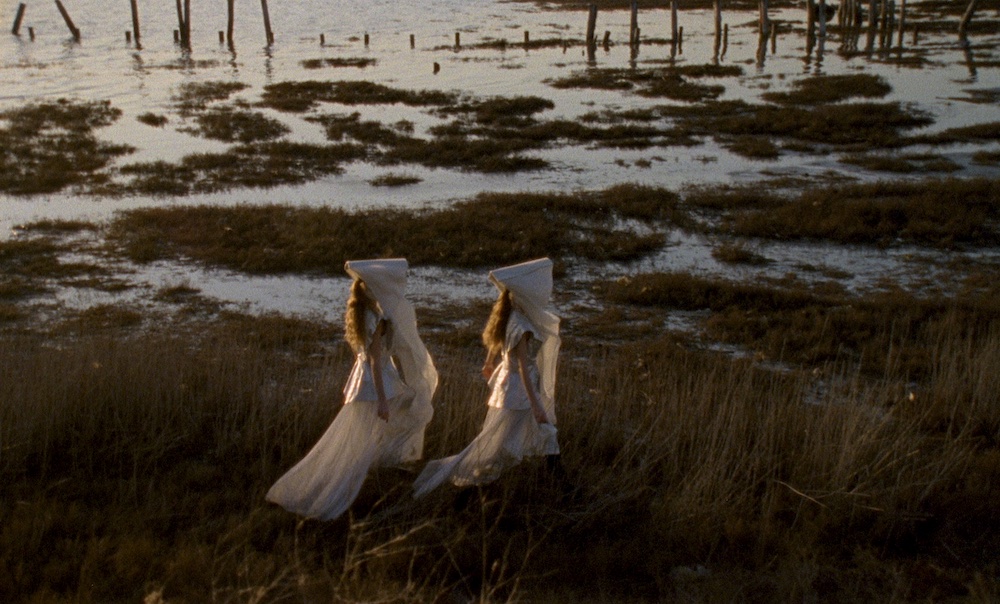Yelena Yemchuk’s mixed-media project delves into the identities of three make-believe characters
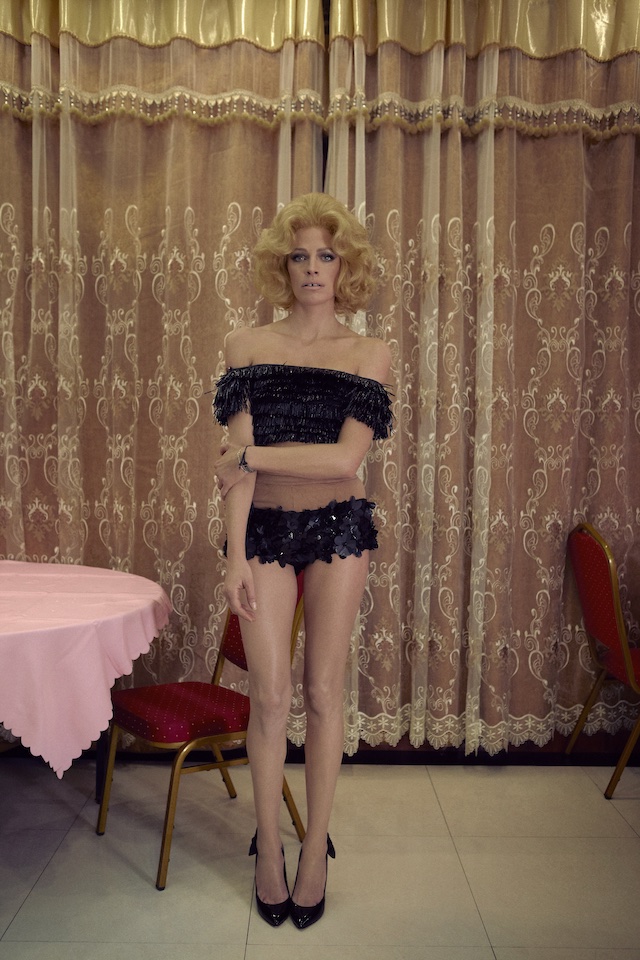
In a time not too long ago, Yelena Yemchuk had found herself at a flee market, marvelling at a collaged photograph she picked up of two girls sitting on a sofa. Their heads had been replaced by starlets from the 1950s, think Elizabeth Taylor, Grace Kelly and Marilyn Monroe; the famed and beautiful symbols of golden era Hollywood. It was in this very moment that Yelena, a visual artist from Ukraine who immigrated to the US at the age of 11, started to think deeply about the context of identity. “Who are we? And how much of it is based on the society that we live in, and how thin is the line between dream and reality?”
To answer these questions, Yelena began working on Mabel, Betty & Bette, a mixed media project that delves into the lives and identities of three make-believe characters. Played by a cast of models dubbed after popular names in America during the 1950s, the subjects – who are adorned in wigs and garb from this era – are composed from Yelena’s childhood memories of these “otherworldly women” she saw in postcards while living in the Soviet Union. It’s a marriage of fiction and hyperreality, and a commentary on what defines us beings in a certain time or place. Below, I chat to Yelena to hear more about the project.
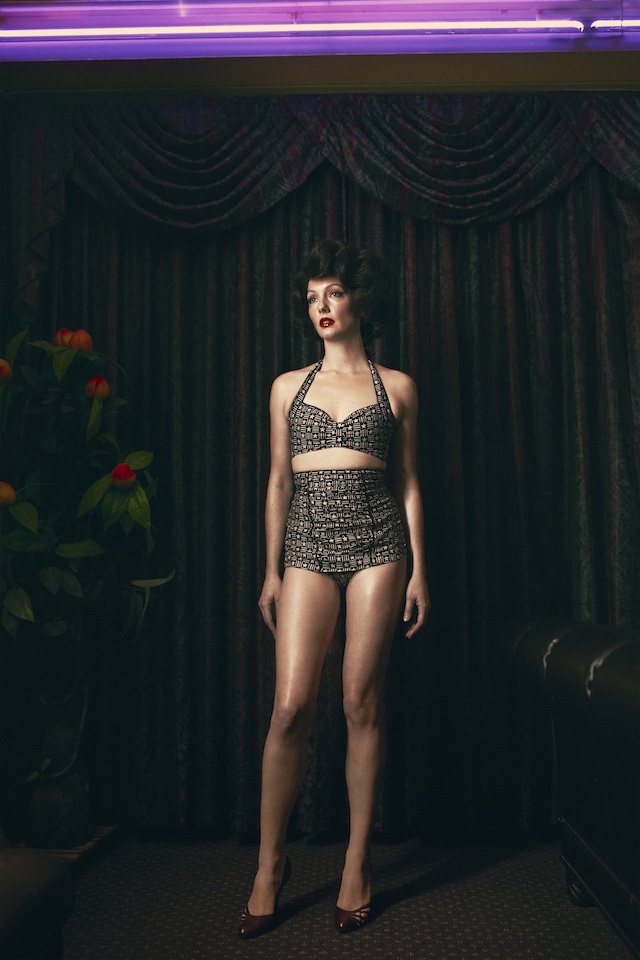
What inspired you to start Mabel, Betty & Bette; why tell this story?
Mabel, Betty & Bette began quite by chance. I wanted to start a new project that was more fictional and had a narrative. I’ve always been fascinated by the mystery of time – the meeting of the dream world and reality – as well as disguise, a different appearance in order to conceal one’s identity or become someone else. I wanted to capture the psychology or the dream states of a person who is at loss with their identity. I wasn’t sure how to go about starting this adventure and, by chance, I found a photograph at a flee market; it was a collage where two girls were sitting on a couch and their heads had been replaced by 1950’s starlets.
It set off a bunch of ideas about identity, about the complexity of self and the projections of self and society. I wanted to explore this vulnerability and this confused state of identity: who are we and who do we try to imitate in our daily life? Who are idols and why have we chosen these particular stereotypes? I started to question the loss of self and what being vulnerable means. Thats how it began.
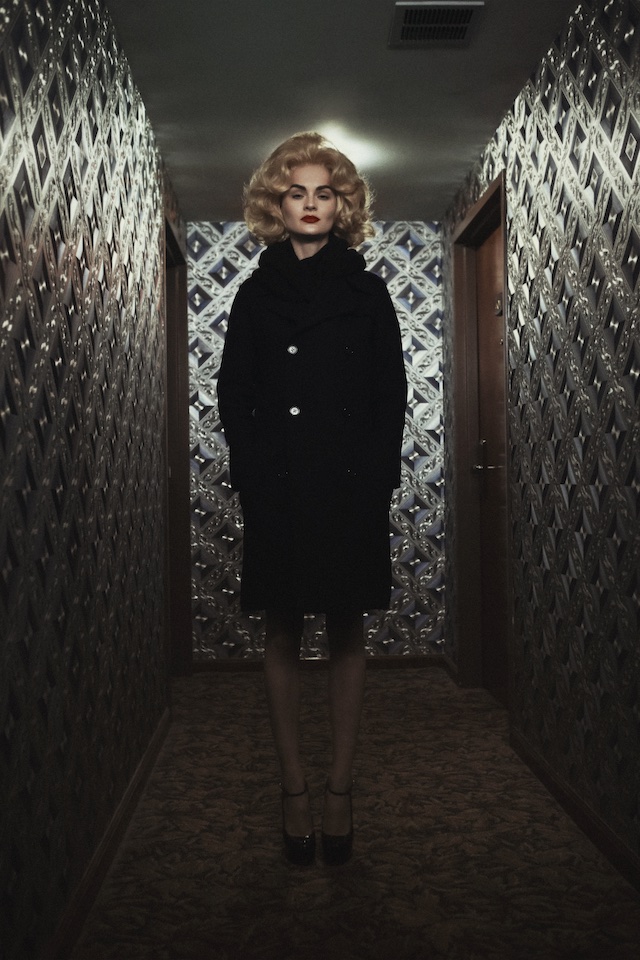
Who are Mabel, Betty and Bette, what do they represent?
I created three fictional characters. I looked up popular names from the Americana era of the 50s. I wanted to create these characters from my memory as a child, of these otherworldly women that I saw in postcards as a kid in the Soviet Union – those Western ideals mixed in with the Italian and French actresses like Sophia Lauren, Brigit Bardot and Elizabeth Taylor. It was this mix of fantasy as well as a certain kind of sadness and strength that I remembered as a kid in their faces, so different than the images of the ideal Soviet women.
Also, my immigration to the United States at such a fragile age of 11 played a big part in the project. When one is changing so quickly as a pre-teen, and then to all of a sudden be in a completely different world in every way, I think that has triggered a lot of these questions at an early age. And once I started making art, those questions became part of my work. Who are we? And how much of it is based in the society that we live in, and how thin is the line between dream and reality?
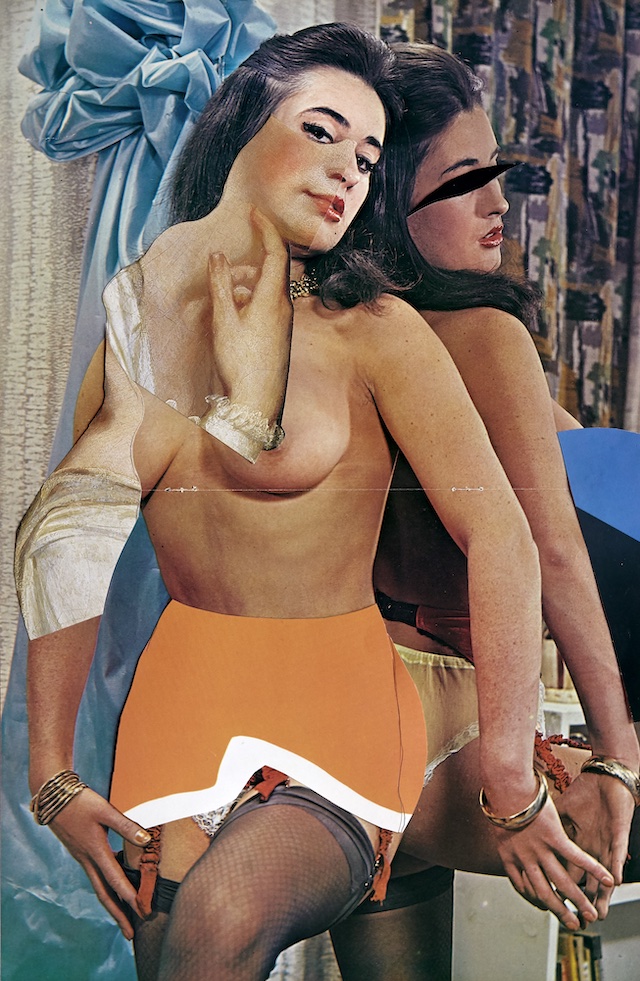
You’ve cast over 50 women for this project, where did you find them and who did you want to photograph specifically?
Each photograph portrays one of the three fictional women – Mabel, Betty, or Bette – as conveyed by a cast member in one of three corresponding wigs, playing out three different storylines written by me. I casted mostly recognisable fashion models (which was also the first time I worked with models for a personal project). Rarely seen as themselves, these women are a template upon which ideas are formed. Their inclusion in this project was a knowing gesture towards the continued malleable nature of female identity in the 21st century.
I contacted a lot of models that I have worked with though various projects, but the process had to be changed when the shoot was taking place. Destabilising their own working process to intentionally disrupt them from their known actions and poses, I worked quickly (no more then 20 minutes per shoot, sometimes only five minutes) and in scenarios that were often unknown to the model. For the moving image part of the project, the short film that was shot in Odessa, Ukraine, and I worked with one women, an artist Anna Domashyna, who played all three characters
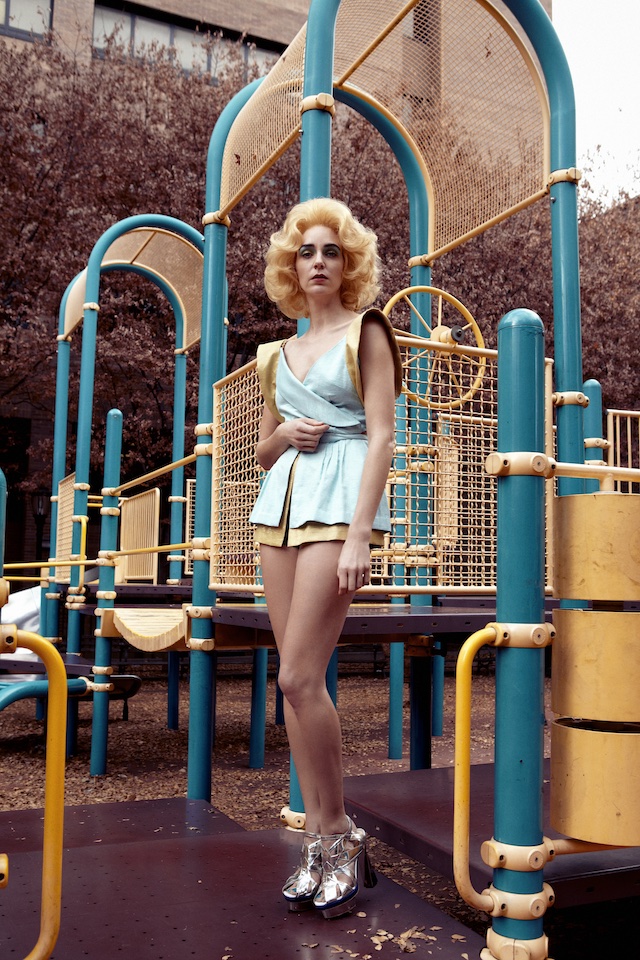
Can you talk me through a couple of favourite images from the project?
I am going to pick three different medias: a photograph, a collage and a film still, since all three makeup the project. This image of Hannelore was taken in a playground around the corner from my house, and Hannelore is someone I’ve worked with a lot and I’ve always admired her as a person, and as a model. She was one of the first women I asked to be in the project. I knew she would trust me to put her in this strange disguise and understand this feeling that I was trying to portray for each of the women: this moment of change, crisis or loss of self; this intersection between dreaming and waking, and the alarm and confusion that accompanies the void.
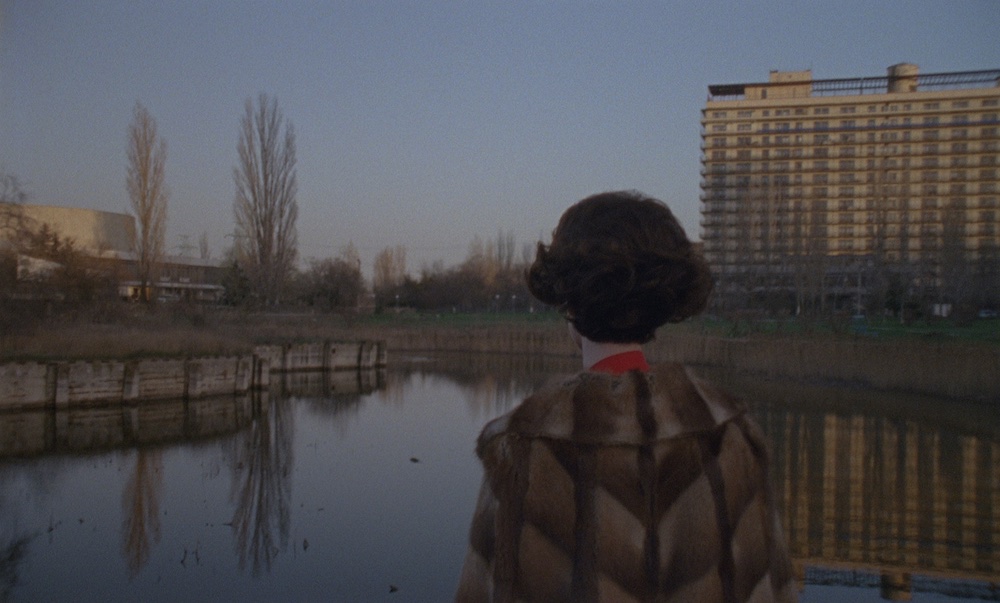
The film for the project was shot in Odessa, Ukraine. I met Anna while photographing her for a book that I am doing on Odessa, and I was immediately blown away by her. It was like she embodied all the three women in one – her being so otherworldly in every way. I asked her if I could take her picture for the project and showed her some images I already took. She looked at them and said ‘yes I get it, I am the girl’, and I said ‘yes you are!’ Six months later and I was back in Odessa to make the film with her. This is a still from the film I love, you can’t see her face but you can feel the story unfolding from her gaze in what she is seeing. There is a sense of mystery and nostalgia.
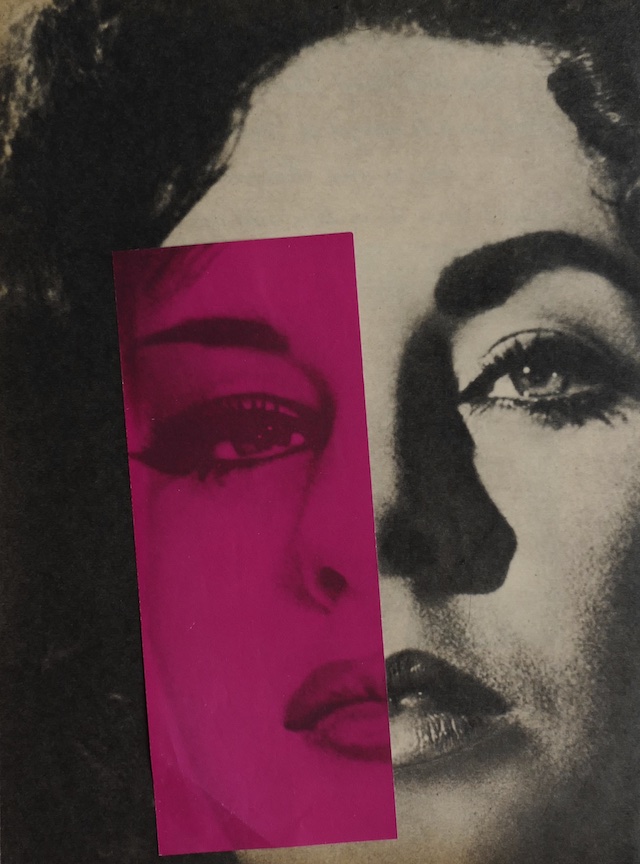
The collages came as the last part of the project. Bauhaus, surrealism and Dada deeply influenced me as an artist, and those were my original inspirations when I started making art. In my working process, chance encounters and subconscious influence are always present – while details from my dreams as well as a large cultural anthology of images come into my practice. Working from my archive of old media as well as new materials, I found Soviet Life as well as Hollywood Factory magazine. These collages came to life by splicing Brigit Bardot in half, and I placed her with an image of Elizabeth Taylor. The two women appear as one and as a collage from the cover of Mabel, Betty & Bette. Symbolically their shared features speak to a form of representation that I am interested in analysing.
